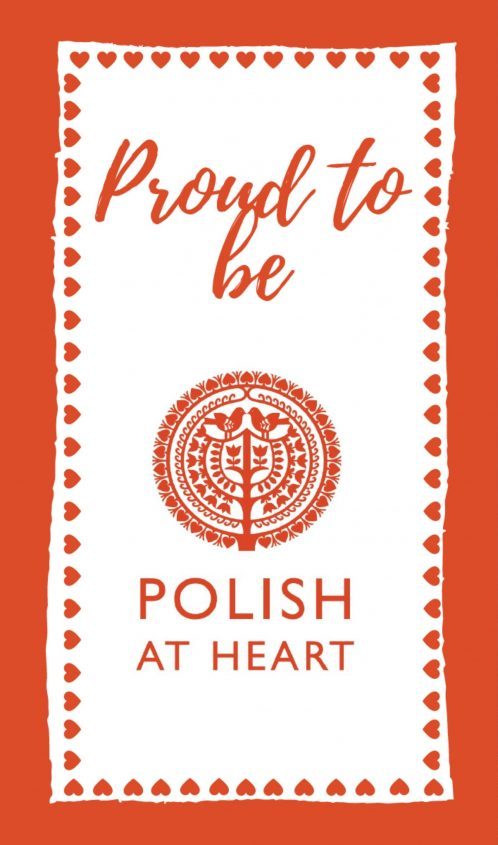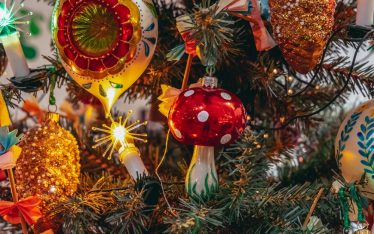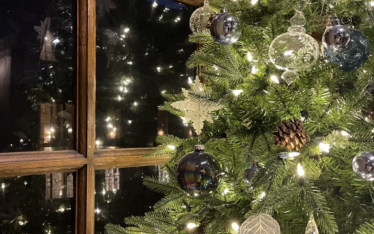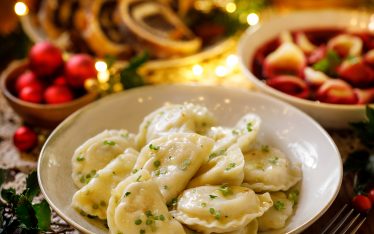Carollers (Kolędnicy) on the whole sing about the Nativity, but in Poland the tradition of Kolęda doesn’t just focus on the birth of Jesus. From 26th December, St Szczepan’s (St Stephen’s) day onwards, carollers go from house to house acting out gruesome scenes called Herody (Herods) or Pasterze (shepherds). Herody can also include commentaries on current world events, woven into the story. In Poland it’s traditional for men and boys to perform and in the south it’s becoming more popular again. Here are some of the main characters on display:
Herod
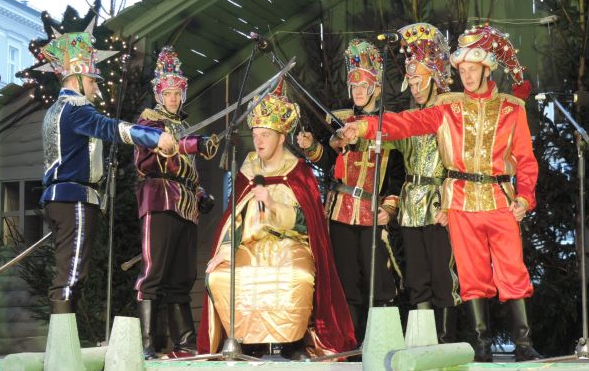 People practice for months beforehand to get their performances and outfits just right. King Herod demonstrates his power: on hearing about ‘the new King’, declares that he will NOT let the child grow to become an adult – and orders the slaughter of all young male babies. Often Herod is accompanied by his soldiers, guarding him, as here in Zielonki, a village north of Kraków.
People practice for months beforehand to get their performances and outfits just right. King Herod demonstrates his power: on hearing about ‘the new King’, declares that he will NOT let the child grow to become an adult – and orders the slaughter of all young male babies. Often Herod is accompanied by his soldiers, guarding him, as here in Zielonki, a village north of Kraków.
Angels
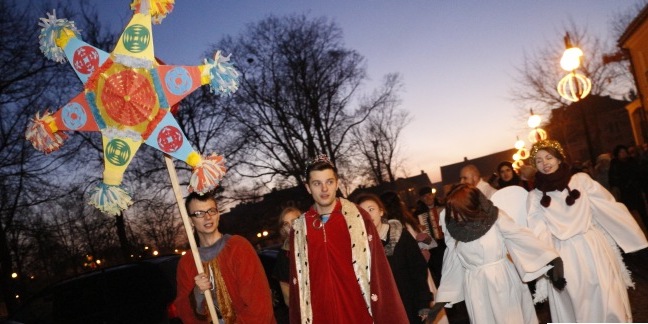 The angel or angels, celebrating the good news of Jesus’s birth – here in Sokole, eastern Poland, the girls have got a look in!
The angel or angels, celebrating the good news of Jesus’s birth – here in Sokole, eastern Poland, the girls have got a look in!
Devil or Death
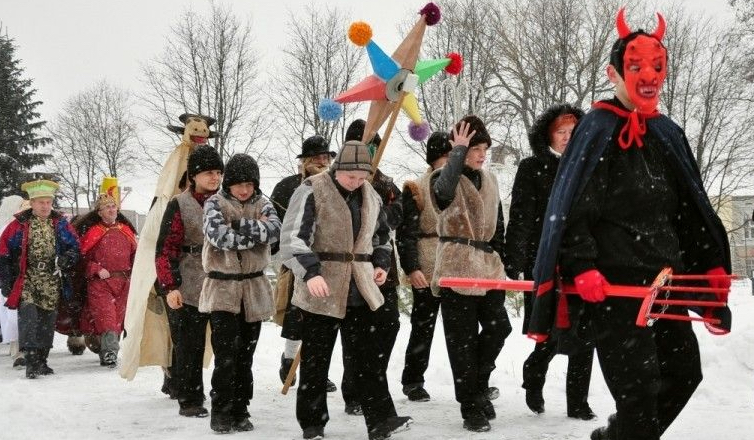 In the final scene, Herod feels the call of death and his soul is taken by the Devil or by Death himself, pictured here in Chrzanów, southern Poland on a very wintry day.
In the final scene, Herod feels the call of death and his soul is taken by the Devil or by Death himself, pictured here in Chrzanów, southern Poland on a very wintry day.
Turoń or Koza
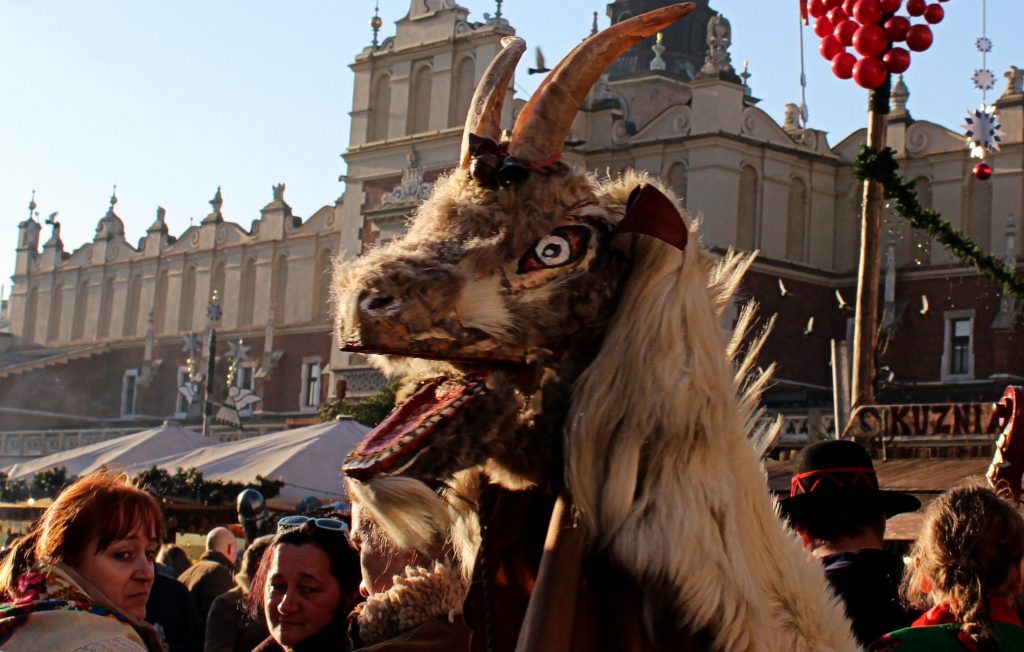 In the south of Poland, as here in Kraków square, the carollers would walk around with a Turoń (a now extinct animal) which symbolised strength and wealth. Kolęda with a scary goat’s head called a Cap or Koza is the more modern equivalent.
In the south of Poland, as here in Kraków square, the carollers would walk around with a Turoń (a now extinct animal) which symbolised strength and wealth. Kolęda with a scary goat’s head called a Cap or Koza is the more modern equivalent.
Dziad (old man)
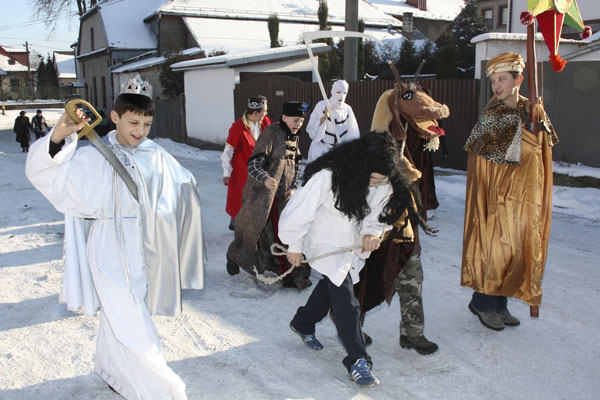 The Dziad (old man), often with a hunchback, is dressed in an old ragged coat, pulling the turoń on a string. He takes it into a house to try and sell it to the householder, with comic scenes and conversations. The turoń then falls dead and magic is performed to revive it. Eventually the turoń gets up, making mischief to scare the ladies of the house.
The Dziad (old man), often with a hunchback, is dressed in an old ragged coat, pulling the turoń on a string. He takes it into a house to try and sell it to the householder, with comic scenes and conversations. The turoń then falls dead and magic is performed to revive it. Eventually the turoń gets up, making mischief to scare the ladies of the house.
And here in the UK
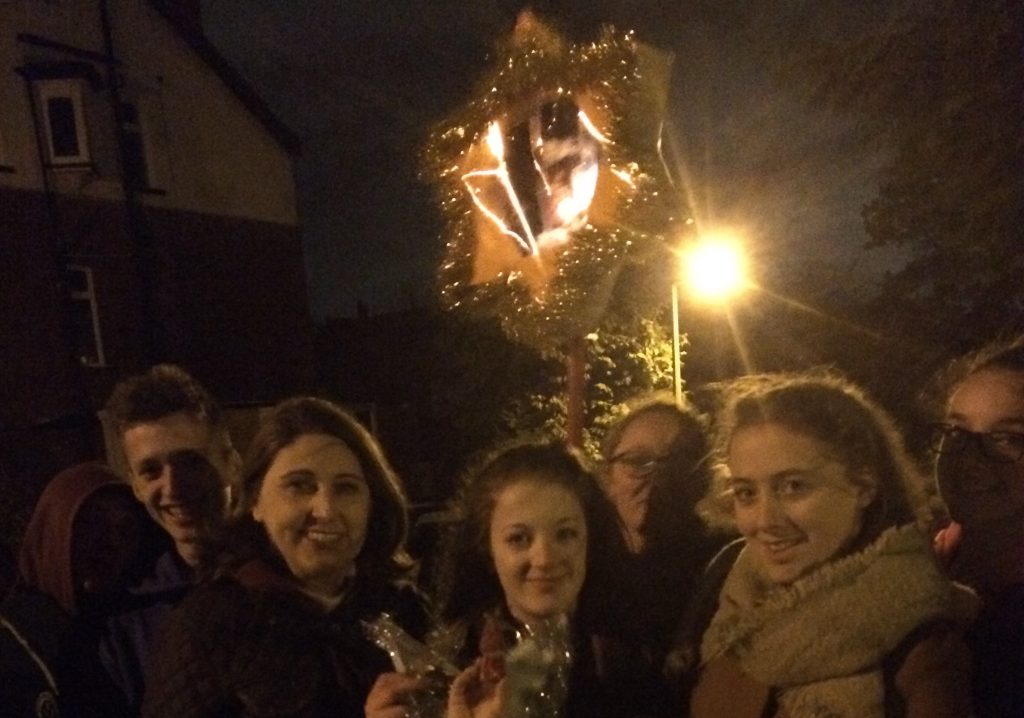
Harcerze and harcerki (boy and girl scouts) will definitely be wandering the streets in the next few days, as I do every year with my troop, singing carols to the elderly in our communities (though not this year with my broken leg!). They don’t perform Herody as far as I know, but based on these old traditions, most will travel with a large brightly lit star and a small nativity scene. The songs bring comfort to the elderly and help the youngsters perfect their repertoire of carols.
As with our carolling, many traditions have become mixed up, with Herod and the Turoń taking part together and sometimes accompanied by the three kings, yet rarely with Mary, Joseph or Baby Jesus. Polish Saturday schools in the past performed these scenes with Herod and the Devil during parish „opłatek” (Christmas social) in January and perhaps some still do, though many have moved away from the macabre and simply present the nativity scene, with Polish shepherds and children in national costume bringing gifts to the stable.
If you don’t get a visit from some carollers, do sing some carols this year with the family at least one evening, to keep the tradition alive, before the Three Kings arrive on 6th January.
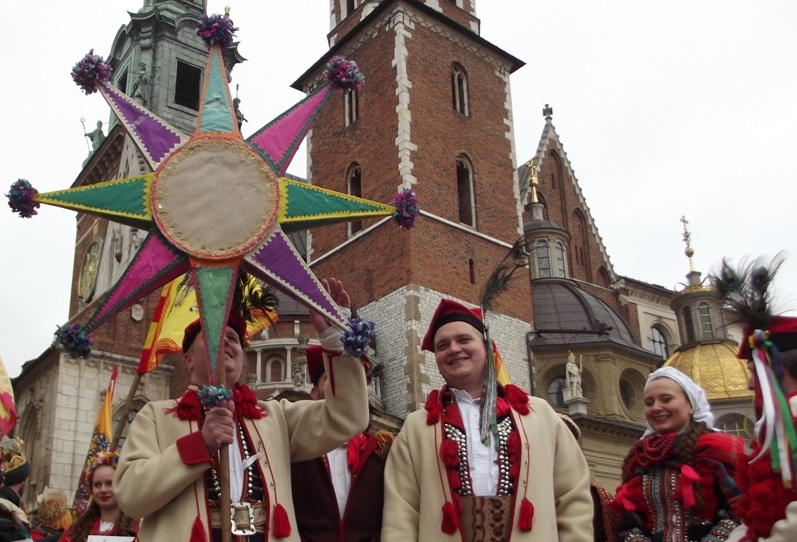
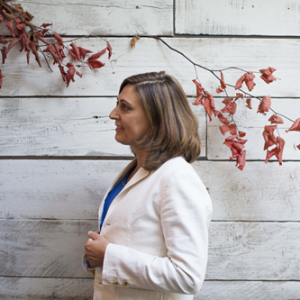
 1.Tracing Family History pre-WW2
1.Tracing Family History pre-WW2 2. Tracing Family History WW2
2. Tracing Family History WW2